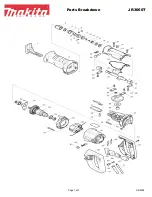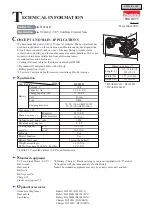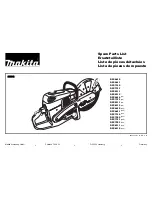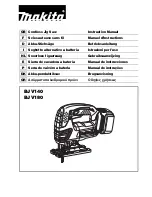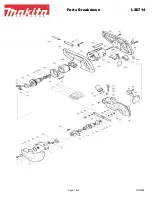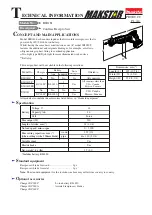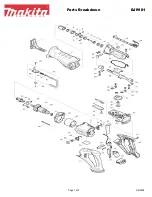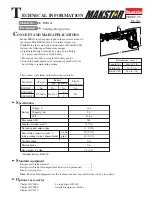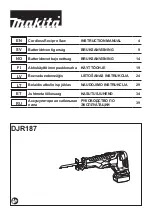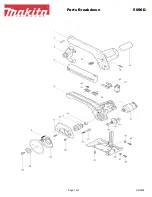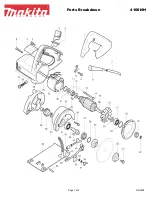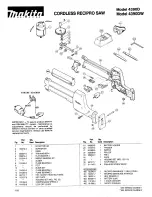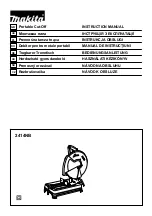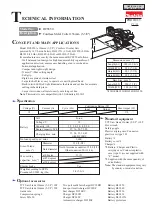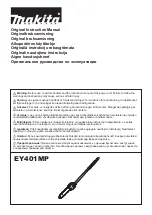
15
Saw Blades
WARNING:
Riving knifes must be matched to saw blade dimensions in order to
function effectively. Refer to
Riving Knife
selection.
FIG. 25
NOTE:
THIS SAW IS INTENDED FOR USE ONLY WITH SAW BLADES 250 mm (10") IN
DIAMETER. Refer to Figure 25.
NOTE:
This saw is not intended for use with dado blades and molding cutters.
Personal injury may occur.
1. The saw blade furnished with your new saw is a 250 mm (10") combination
blade, used for crosscutting (across the grain) and ripping (with the grain)
through the material. The center hole to fit on the arbor is 16 mm (.625")
diameter. This blade will produce a good quality cut for most applications.
2. There are many types of blades available to do specific and special jobs such as
cross cut only, rip only, hollow ground, thin plywood, paneling, etc.
3. Use only saw blades designed for maximum safe operating speeds of 5,000 RPM
or greater.
4. Saw blades should always be kept sharp. It is recommended that you locate a
reputable sharpening service to sharpen your blades when needed.
CAUTION:
Abrasive wheels or blades (including diamond) should not be used on
this saw.
BLADE (FIG. 3, 7A, 26, 27)
Replacing The Blade
1. Raise the saw blade arbor to its maximum height by turning the blade height
adjustment wheel (I) clockwise.
2. If replacing the blade, remove the Blade guard assembly (D) and throat plate (X)
prior to installing the new blade. (Refer to
To Remove Blade Guard Assembly
and
To Remove Throat Plate
.)
NOTE:
It may be easier to change the blade with the saw blade beveled to 45
˚
.
FIG. 26
C
Y
Z
3. Remove the arbor nut (Y) and outer washer (Z) and set aside.
4. Place the blade (C) on the arbor making sure the teeth of the blade point
downward and toward the front of the saw.



























